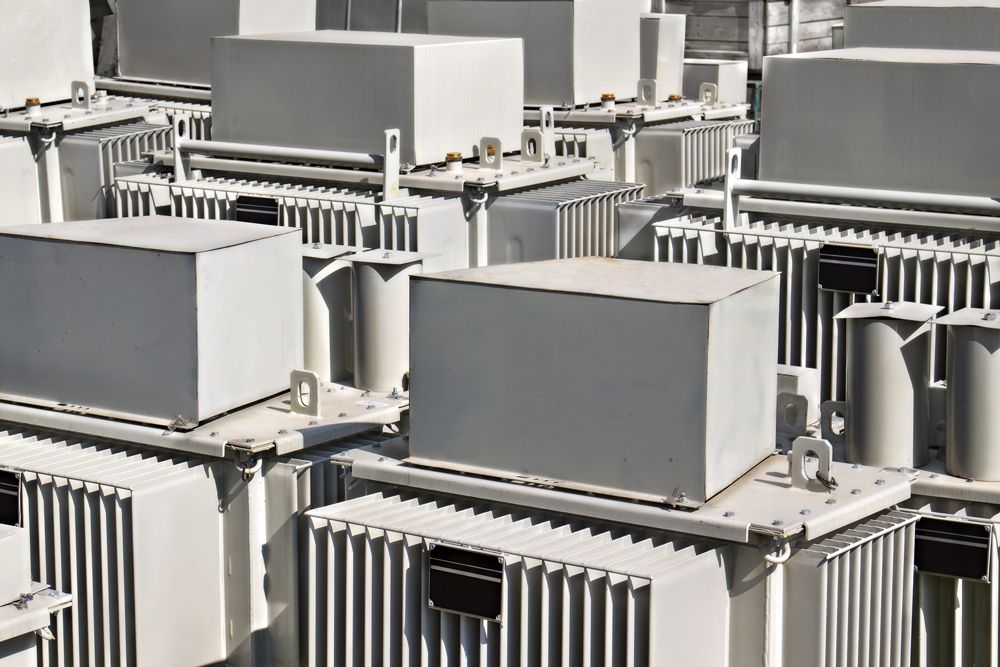Securing Super Heavy and Over-Dimensional Loads
Safely securing super heavy or over-dimensional loads is a matter of grave concern. Although incidents involving the loss of heavy equipment or cargo are infrequent, when they do occur severe injuries or fatalities can be the result.
Securing heavy equipment such as that used in the construction, power generation and oilfield industries fall under the regulatory requirements of the Federal Motor Carrier Safety Administration (FMCSA) when transporting across state lines. (When hauling heavy loads intrastate, local regulations may also apply.)
FMCSA Cargo Securement Rules
On September 27, 2002, the Federal Motor Carrier Safety Administration (FMCSA) published new cargo securement rules, which are based on the North American Cargo Securement Standard Model Regulations.
The new rules require that all devices and systems used to secure cargo to or within a vehicle must be capable of meeting the performance criteria. All vehicle structures, systems, parts and components used to secure cargo must be in proper working order when used to perform that function with no damaged or weakened components that could adversely affect their performance.
Conventional Methods Used to Secure Cargo
There are a variety of cargo securement options, the most common being tie-downs consisting of chains, webbing, or wire rope. Blocks, chocks, and braces are also used to secure cargo.
Chains
Chains offer the advantage of durability and strength. Their main drawbacks are weight and the potential to damage cargo physically. Steel chains are graded to industry standards based on their intended use.
Web Straps
Web straps are popular tie-downs used by multiple industries. They can be used to secure equipment, pallets, or individual items. Compared to steel chains, they are lighter, easier to handle, and less likely to damage cargo. However, rough edges or surfaces can cut or abrade the webbing.
Wire Ropes
Wire ropes (cables) consist of multiple bundles (strands) of metal wires twisted around a core of steel or synthetic fibers such as polypropylene. Choosing the right wire rope for a job is based on many factors: application, required strength, and environment, to name a few.
In addition, chocks, wedges, a cradle or other equivalent means used to prevent rolling, must restrain any cargo that is likely to roll. The methods used to prevent rolling must not become unintentionally unfastened or loose while the vehicle is in transit.
Selecting the Right Tie-Down
Your first step in choosing a tie-down is to identify those that are right for the job. Primary consideration should be given to composition, classification, cargo, and mode of transport. Storage requirements, weight, and ease of use are secondary.
Tie-downs manufactured in the United States must comply with specifications established by the United States Department of Transportation (DOT).
Tie-down systems and the accompanying hooks, bolts, binders, and ratchets used to hold them are under constant pressure anytime equipment or cargo is in transit. Vehicular movement when turning, braking, accelerating, or navigating rough terrain facilitates load shift, and the tie-downs must be strong enough to restrain the cargo.
A Word About Working Load Limits
The Working Load Limit (WLL) is the maximum allowable load assigned to each synthetic web tie down by the manufacturer, which is not to exceed one-third of the complete assembly breaking strength.
The WLL is calculated by multiplying the breaking strength by a design factor, often 1/3 of the breaking strength. For example, a tie-down with a 7,500-pound breaking strength has a WLL of approximately 2,500 pounds (7,500 x .33 = 2,500).
This safety margin is critical because it is difficult to notice and allow for all of the weakened stress points on or within a cable, chain, or web such as torn webbing or stitching, or cracked, deformed, or broken hardware or chain links.
Special Rules for Special Purpose Vehicles
Not all the rules concerning tie-downs apply to the types of equipment we haul here at H. Brown. (You could say we’re in a class by ourselves! Take a look at some of the photos in our heavy haul transportation gallery and you’ll see what we mean. )
While we often use the types of tie-downs discussed in this post, the equipment we transport must be fastened by special methods due to its design, size, shape or weight.
That’s why, when it comes to transporting super heavy or over dimensional loads, it’s best to hire the professionals.
Contact us to learn more about the transportation services we offer.
The post Securing Super Heavy and Over-Dimensional Loads appeared first on H. Brown, Inc..


